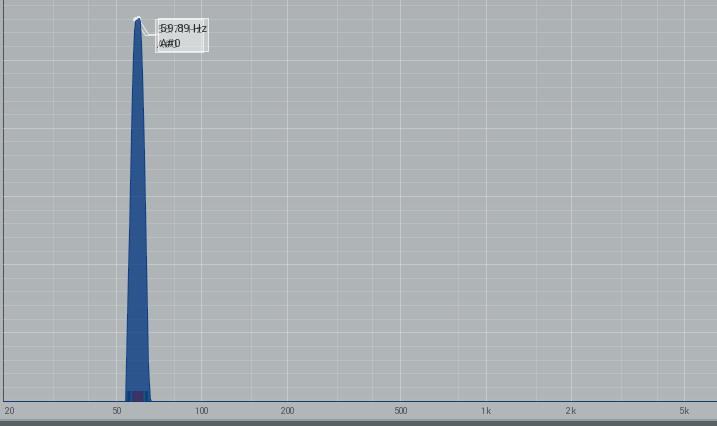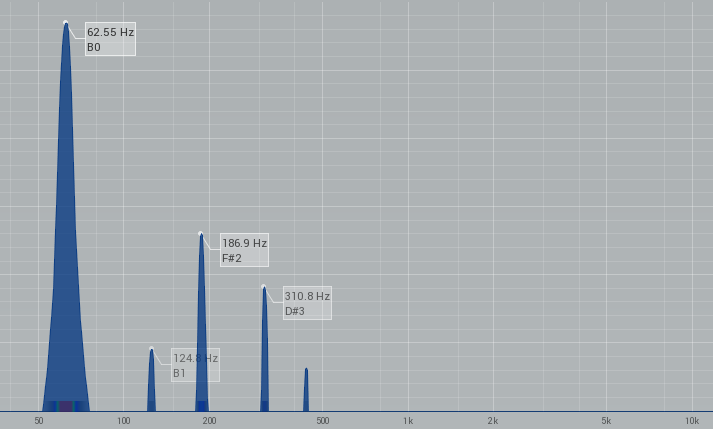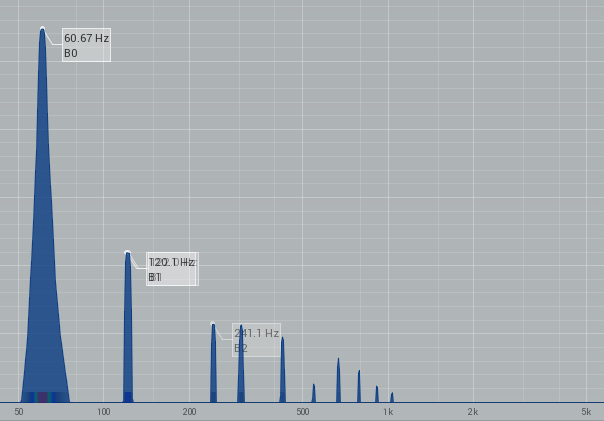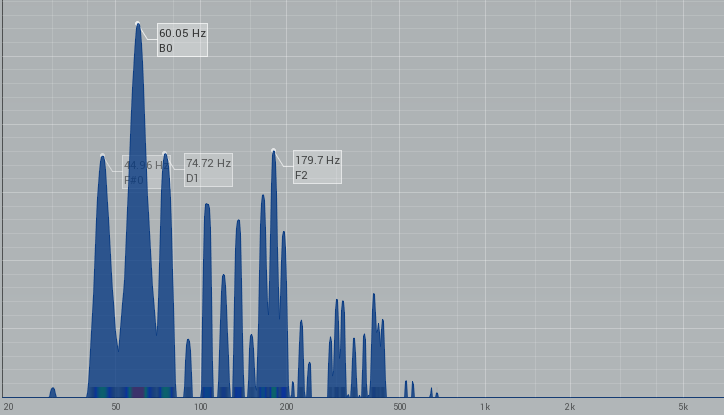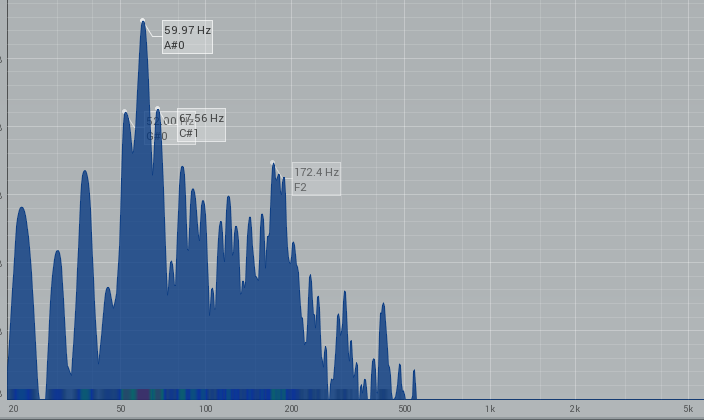Pulse Code has been doing pretty decently by my standards. I’m glad people like it! I don’t really know yet what direction the next album will go in, but right now I’m leaning toward making it something a little less gloomy.
Work… well. Some days are frustrating or annoying, but some of them bring some satisfaction and accomplishment, even if it’s not the same sorts of accomplishments as before. I think I am past the worst of it.
But COVID trends are disturbing again. Community transmission is high, cases per day went up by 47% in the last week (and back up from almost zero in early June!), positivity is above 10%, hospital admissions and ICU beds are halfway to the previous peak. Deaths are still low but I guess we can expect those to climb in the next few days. There’s a new mask mandate locally, for everyone — contested by Republicans and the County Council, because of politics not any sort of compassion or sense — but few that I’ve seen have actually been masking up. Everyone seems determined not to go back into lockdown, but I wonder if that tune won’t be changing in a couple of weeks.
Talking about more pleasant things: Becky Chambers writes lovely books! I tore right through Psalm For The Wild-Built, which possibly the kindest book I’ve read in quite some time. I’m chasing that with The Galaxy and the Ground Within.
Conflict in stories doesn’t have to be involve villainy or even rivalry. It can be entirely internal, about mental health and finding one’s way in the world. It can be about trying to survive and thrive and be a good person, in a universe where some of the people are weird, things can simply go wrong, and situations can be kind of ridiculous.
I’m not saying all Becky Chambers books are populated solely with kind and thoughtful people. In previous books there were certainly systems of oppression, warmongers, cheats and thieves. But it’s so nice to have a break from that, especially now. Maybe TGATGW has a villain, though so far it seems to be people willing to cooperate and be courteous, and an accident that’s either nobody’s fault really or bureaucratic failure.
And another positive thing: Mannequins Just Friends is a fantastic module. As I said before, the core concept is very much like Tides: a slope generator that rises and falls, with the cycle time and shape as separate parameters (as opposed to classic slope generators with rise time and fall time). But JF’s emphasis is very much on the collective action of six of these slope generators, at different frequencies. The Mix output, rather than “Identity”, feels like the main one. The design choices that are different on Tides vs. JF were appropriately chosen for the overall gestalt of the thing.
As an audio source, it is tasty and swarmtastic. There’s plenty of shaping available. The “Intone” control (which sets the time ratio between slope generators) is freeform and can be dialed from gentle detuning to fierce detuning to clusters or perfect harmonics. Also, it does linear TZFM — either from an external signal, or internal oscillators. You can also set FM to modulate the Intone parameter, so you can self-patch Identity to FM. It’s all good! And you can do some crazy things self-patching sync into some of the trigger inputs but not others.
As a modulation source, it’s also great. Again, the fun comes with the relationships between the different slope generators. Because of the module’s retriggering behavior and the fact that some slopes are slower than others, a steady stream of triggers can generate really neat polyrhythmic results.
The weird things about JF are the Run jack and Just Type.
JF has two mode switches: Sound/Shape (determining the frequency range, and bipolar vs. unipolar outputs) and Transient/Sustain/Cycle (determining whether the slopes rise and fall once when triggered, hold while gated, or continuously loop but reset when triggered. The behavior of those combinations is pretty intuitive.
Where some modules have hidden button combos or menus to access their options, JF has a CV input called “Run.” For that, you need to consult the manual, because what it does is different for each of the 6 possible combinations of mode switches. And the manual gives these “Run modes” cute and not entirely helpful names. But generally, they do sensible things relevant to the mode, rather than arbitrary and surprising behavior, and thus aren’t actually that hard to memorize. For instance, if you’re using Sound/Cycle, plugging in a cable to Run changes the FM mode from external to internal, and the voltage into Run sets the ratio. If you’re using Shape/Sustain, the Run jack sets the sustain level. If you’re using Shape/Cycle, the Run jack sets the number of times a cycle will repeat when triggered. If using Sound/Sustain, the trigger inputs will gate individual lowpass gates for each output and the Run voltage sets the shape/time.
It is a little unusual to control all of this externally rather than having a knob on the panel, but it works.
Just Type is a whole series of commands for Monome Teletype (if connected on the back via the i2c pins) which give access to a whole lot of extra functionality. Some of it is just “skip the patch cables” stuff: sending triggers or pitch or Run jack “voltage” without patch cables. But you can also use “velocity triggers” to adjust the relative levels of each slope generator — which is great when mixing them — and you can retune the ratios for each slope generator using integer ratios.
You can also activate additional modes, turning JF into a polyphonic 2-OP FM synth with MIDI-like note commands, or into a rhythmically cycling quasi-percussion machine.
In a lot of ways this seems preferable to hidden menus and Easter Eggs. It all feels like it’s within Teletype’s typical usage (which requires occasionally hitting the syntax reference anyhow). But it’s so different from how many modules work that it kind of blows peoples’ minds.
I’m generally not interested in using it as a polyphonic synth in general, but certainly as a fun range of modulation, and a clustery, swarmy, harmonic oscillator and FM machine, I expect to get a lot of use out of it without it feeling like it’s stealing the thunder of my other gear. It’s what I should have chosen rather than the VHO in the first place.
Plancks was a good choice too I think. Not great, but functionally good, and probably better for me than going ahead and dedicating the full 18-20HP to Frames or Morph4.
It doesn’t really feel too crowded for the most part, but I’d have preferred to put the jacks on top and other controls beneath. Since updating the firmware on it is apparently fraught, I’m not going to try reversing it myself. The color-lit Frame knob is satisfyingly and uniformly bright, but feels very “lightweight” — a bit wobbly and with very little turning resistance. But it certainly does the job. Feeding four of JF’s outputs to it and sweeping across them is satisfying, and that’s the main sort of thing I intend for it.
That smaller form factor gave me room for the TipTop Fold Processor, which should arrive Friday. I predict much distortion and cross-modulation of audio, and a bit of shenanigans with CV as well.

